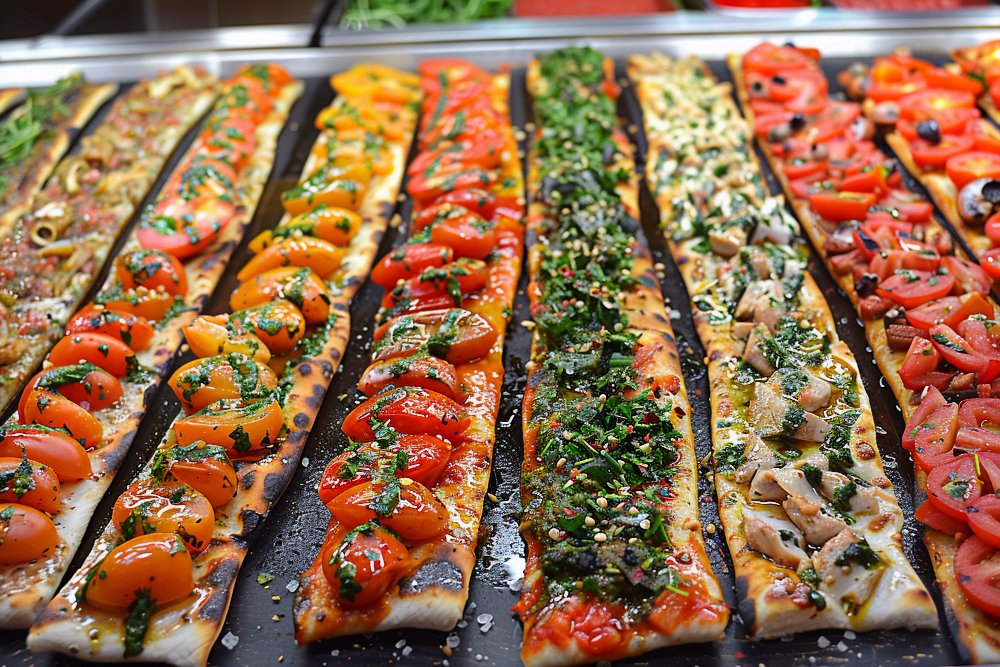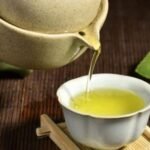Sukıtır, a term that might be unfamiliar to many, is a traditional food item rooted in the culinary culture of the Middle East, particularly Turkey. Often associated with rural communities, Sukıtır is a staple that exemplifies the rich agricultural heritage and diverse culinary practices of the region. This article aims to provide a comprehensive overview of Sukıtır, including its origins, preparation methods, and various uses.
Origins and Historical Background
Sukıtır is a type of bread that has been a part of Middle Eastern cuisine for centuries. Its origins can be traced back to the Anatolian region of Turkey, where it was traditionally baked in stone ovens. The name “Sukıtır” itself is derived from Turkish, reflecting the linguistic and cultural influences of the region. Historically, Sukıtır was a common food among the rural population due to its simple ingredients and ease of preparation.
The bread was often made in large quantities and stored for extended periods, which was particularly useful in areas where access to fresh ingredients was limited. Over time, Sukıtır became a symbol of Turkish hospitality and is often associated with communal meals and traditional celebrations.
Ingredients and Preparation
The preparation of Sukıtır is relatively straightforward, making it accessible for home cooks and professionals alike. The primary ingredients include:
- Flour: Typically, Sukıtır is made with wheat flour. The type of flour used can vary, from all-purpose to whole wheat, depending on regional preferences and dietary requirements.
- Water: Water is a crucial component in making the dough. The amount used can vary based on the type of flour and the desired consistency of the dough.
- Yeast: Yeast is used to leaven the bread, giving it a light and airy texture. Both active dry yeast and fresh yeast can be used, though fresh yeast is often preferred for its superior flavor.
- Salt: Salt is added for flavor. It also helps in controlling the fermentation process and enhancing the overall taste of the bread.
- Optional Ingredients: Various regional variations of Sukıtır include additional ingredients such as herbs, seeds, or even cheese. These ingredients can add unique flavors and textures to the bread.
Step-by-Step Preparation
- Mixing: Combine flour, salt, and yeast in a large bowl. Slowly incorporate water into the mixture, stirring continuously until a smooth dough is achieved. The dough should be soft but not sticky.
- Kneading: Knead the dough on a floured surface for about 10 minutes. This process develops the gluten, giving the bread its structure and texture.
- Rising: Place the dough in a lightly oiled bowl, cover it with a damp cloth, and let it rise in a warm place for about 1-2 hours or until it doubles in size.
- Shaping: Once the dough has risen, punch it down to release the air bubbles. Shape the dough into rounds or loaves, depending on your preference.
- Second Rising: Allow the shaped dough to rise again for about 30 minutes.
- Baking: Preheat the oven to 220°C (425°F). Place the dough on a baking sheet and bake for 20-30 minutes or until the bread is golden brown and sounds hollow when tapped.
- Cooling: Let the bread cool on a wire rack before slicing.
Uses and Variations
Sukıtır is a versatile bread that can be used in various ways:
- Accompaniment: It is commonly served alongside soups, stews, and salads. Its robust flavor and hearty texture make it an ideal complement to a wide range of dishes.
- Sandwiches: Sukıtır can be used to make sandwiches. Its sturdy texture holds up well against fillings, making it a popular choice for both traditional and contemporary sandwich recipes.
- Dips: The bread can be torn into pieces and used to scoop up dips such as hummus, baba ghanoush, or tzatziki.
- Toast: Sukıtır can be toasted and served with butter, cheese, or jam, making it a delightful option for breakfast or snacks.
Regional Variations
Throughout Turkey and the surrounding regions, Sukıtır may have slight variations in its preparation and ingredients. In some areas, additional spices or herbs might be incorporated into the dough. For example:
- Çörek: In some regions, Sukıtır may be flavored with spices such as cumin or caraway seeds, resulting in a bread known as çörek.
- Cheese-Stuffed Sukıtır: In certain areas, the dough might be filled with cheese before baking, creating a deliciously savory bread.
Also, explore
Biscuiți Englezești: A Delight Across Generations
Health Benefits
Sukıtır, like many traditional breads, offers several health benefits:
- Nutritional Value: Depending on the flour used, Sukıtır can be a good source of essential nutrients such as fiber, vitamins, and minerals.
- Digestive Health: Whole wheat variations of Sukıtır contain dietary fiber, which can aid in digestion and promote overall gut health.
- Energy Source: The carbohydrates in Sukıtır provide a steady source of energy, making it a suitable choice for those with active lifestyles.
Cultural Significance
In Turkish culture, Sukıtır holds a special place. It is often associated with family gatherings, festivals, and communal meals. The bread embodies the essence of traditional Turkish hospitality, where sharing a meal is a symbol of community and connection.
Sukıtır also represents a link to the past, preserving culinary practices that have been passed down through generations. Its preparation and consumption are a testament to the enduring traditions and agricultural heritage of the region.
Conclusion
Sukıtır is more than just a type of bread; it is a symbol of tradition, community, and culinary heritage. Its simple ingredients and preparation methods reflect the resourcefulness and creativity of the people who have embraced it for centuries. Whether enjoyed as an accompaniment to a meal, used in sandwiches, or savored on its own, Sukıtır remains a cherished part of Middle Eastern cuisine. Understanding and appreciating Sukıtır not only enhances our culinary knowledge but also connects us to the rich cultural tapestry of the region.















